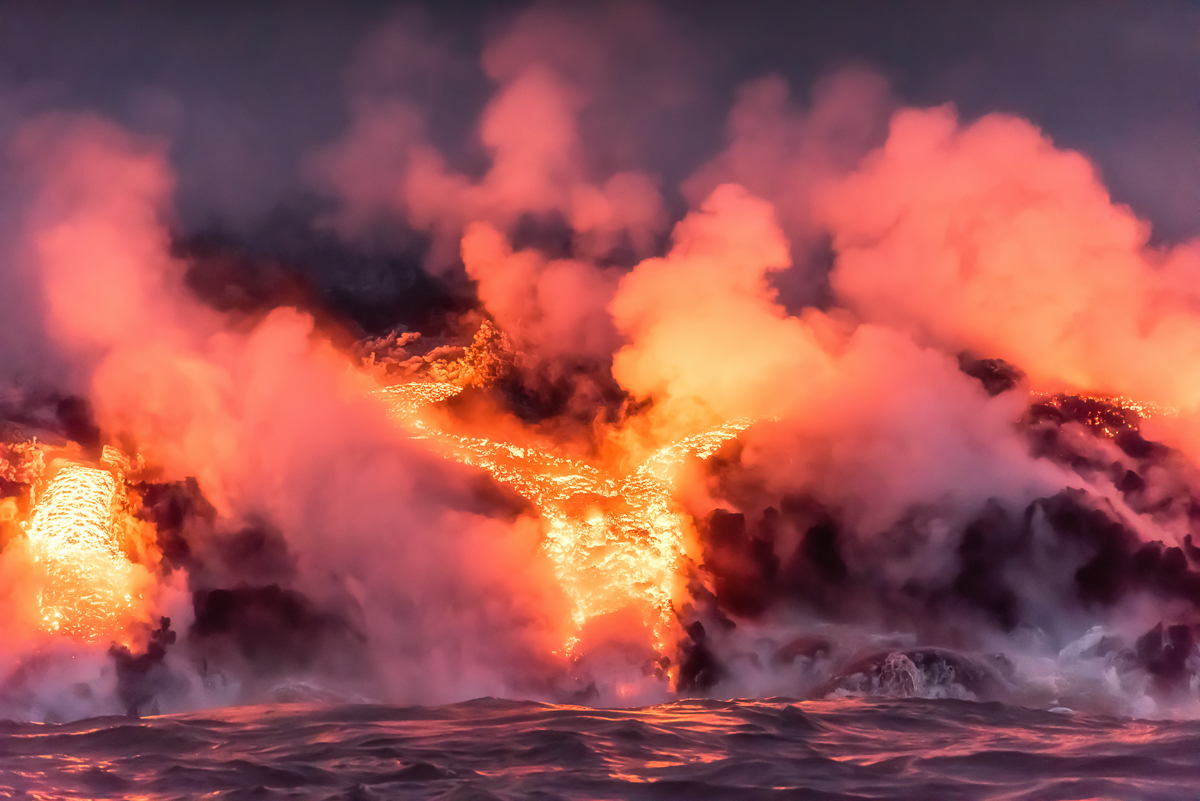
From chasing storms to following molten lava, photographer Mike Mezeul II is known for his incredible images of extreme weather. Describing himself as “addicted to photography and adventure,” Mezeul’s passions for both have pushed his artistry to new heights. And with a degree in journalism, it’s no wonder his photos also tell a story.
We caught Mezeul upon his return from Hawaii, where he had made his second trip to document the Kilauea volcano eruption, which has been ongoing since May 3, 2018. As one looks at his incredible photos of lava, it’s easy to get caught up in the skill and artistic value, but Mezeul is quick to remind us that the situation has caused destruction for many residents. At the end of June, the Hawaii Civil Defense announced that 657 homes had been destroyed by the lava. It also destroyed Hawaii’s largest freshwater lake and the explosions have set off numerous earthquakes. A recent explosion gave off the energy of a 5.3 magnitude earthquake, and the situation has no signs of slowing down. Hawaii News Now has a list of ways that people can help in the face of this natural disaster.
For Mezeul, his relationship with the volcanoes is one of admiration and respect. Despite the beauty of his end product, though, there’s always an inherent risk in what he’s doing. Photographing lava is an incredible challenge that requires careful planning and technical skills, as well as adaptability. We were able to chat with the expert photographer about what gets him excited about photographing lava and what tips he’d give to others who are interested in attempting this type of adventure photography. Read on for our exclusive interview.
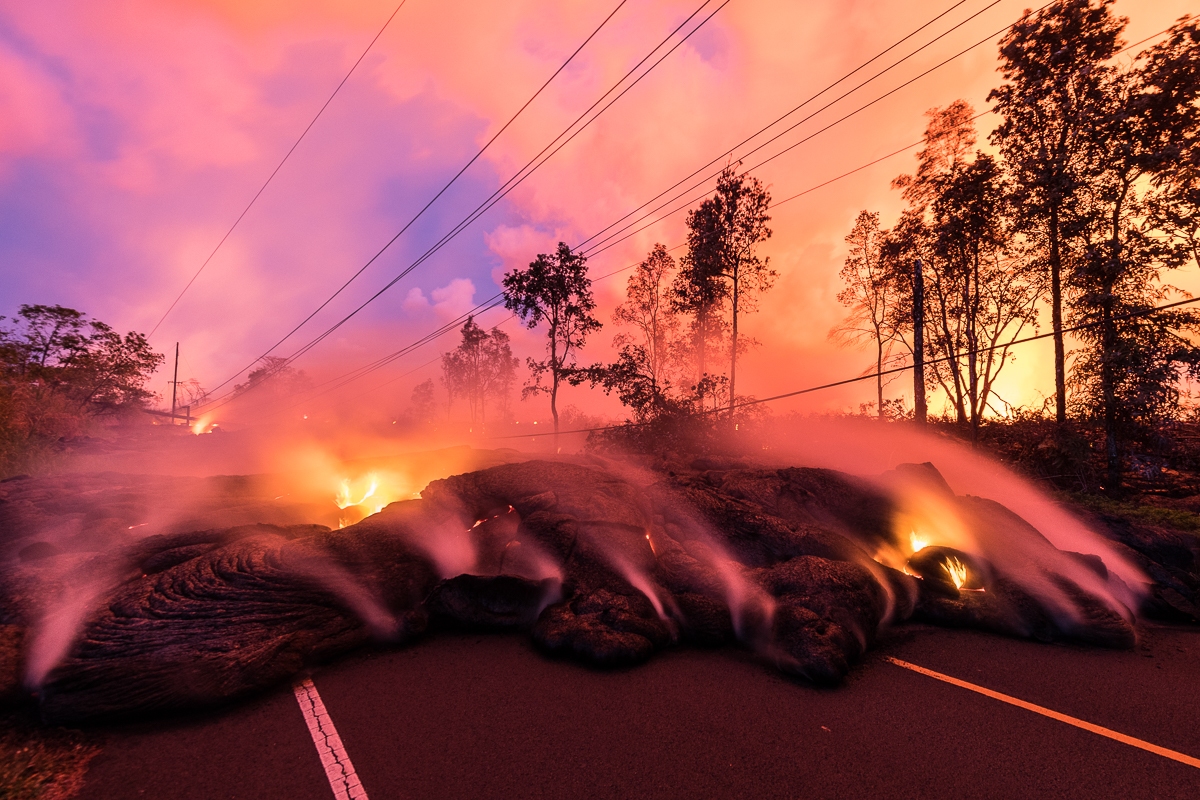 What first intrigued you about photographing volcanoes and lava?
What first intrigued you about photographing volcanoes and lava?
I’m really not sure where the spark came from, but I can remember always being fascinated by volcanoes and geology as a kid. I absolutely loved watching videos in science class that showed volcanoes just fountaining lava hundreds of feet into the air. The visuals of scientists climbing down into the caldera and looking like spacemen in their fire suits with what looked like the gateway to hell behind them, that…that right there was inspiring.
Ironically, I’m pretty sure those videos were mostly about the Kilauea Volcano. I think I had the first real idea to go photograph an active volcano back in 2014, but chose to focus primarily on tornadoes. It was more of a, “that’d be cool if it were to ever come about” moment rather then an “okay, let’s make this happen” thought. In 2015 though, I began to follow the work of my buddy Bruce Omori, who is essentially THE volcano photographer, and after spending hours scrolling through his work and wiping the drool off my face, I knew I had to get a taste of a volcano soon.
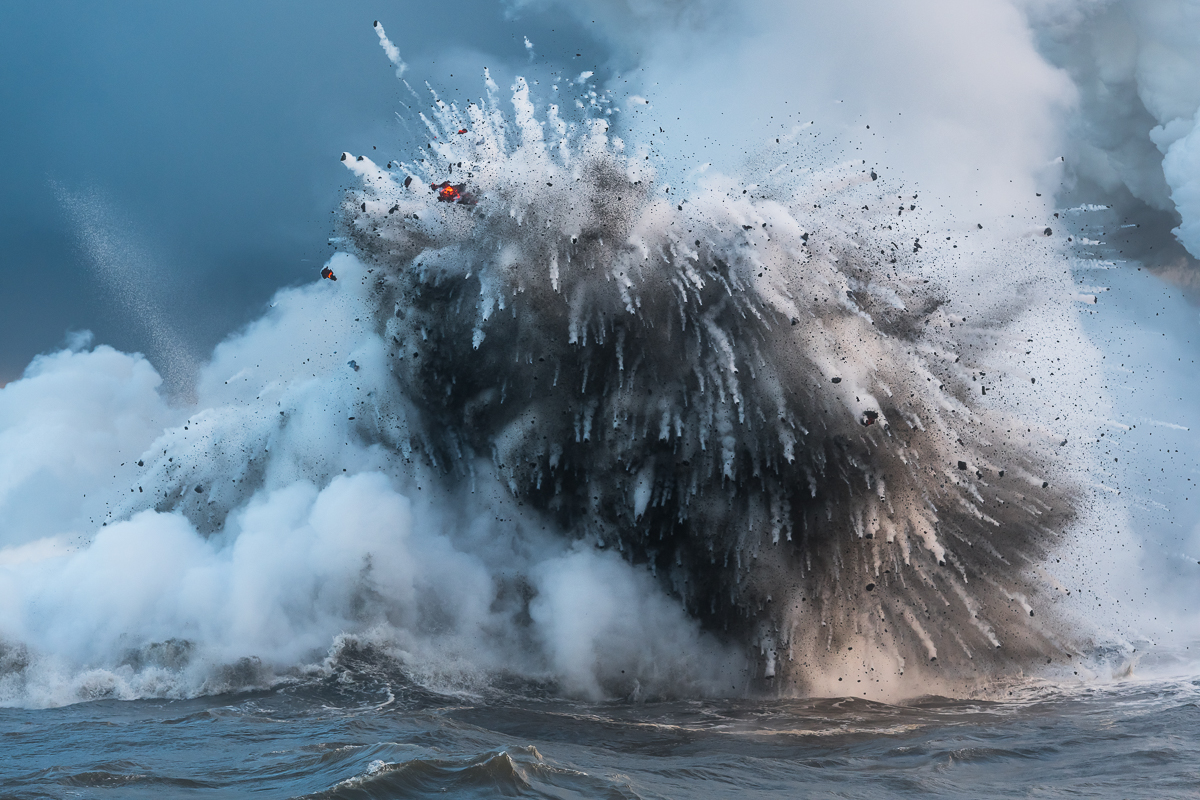 What was the first trip you took to shoot a volcano?
What was the first trip you took to shoot a volcano?
My first trip out to an active volcano came about in September of 2016. For the first time in three years, the Kilauea Volcano had flows that were reaching the ocean and were accessible to the public. I knew this was my chance and I booked a ticket out to the island of Hawaii.
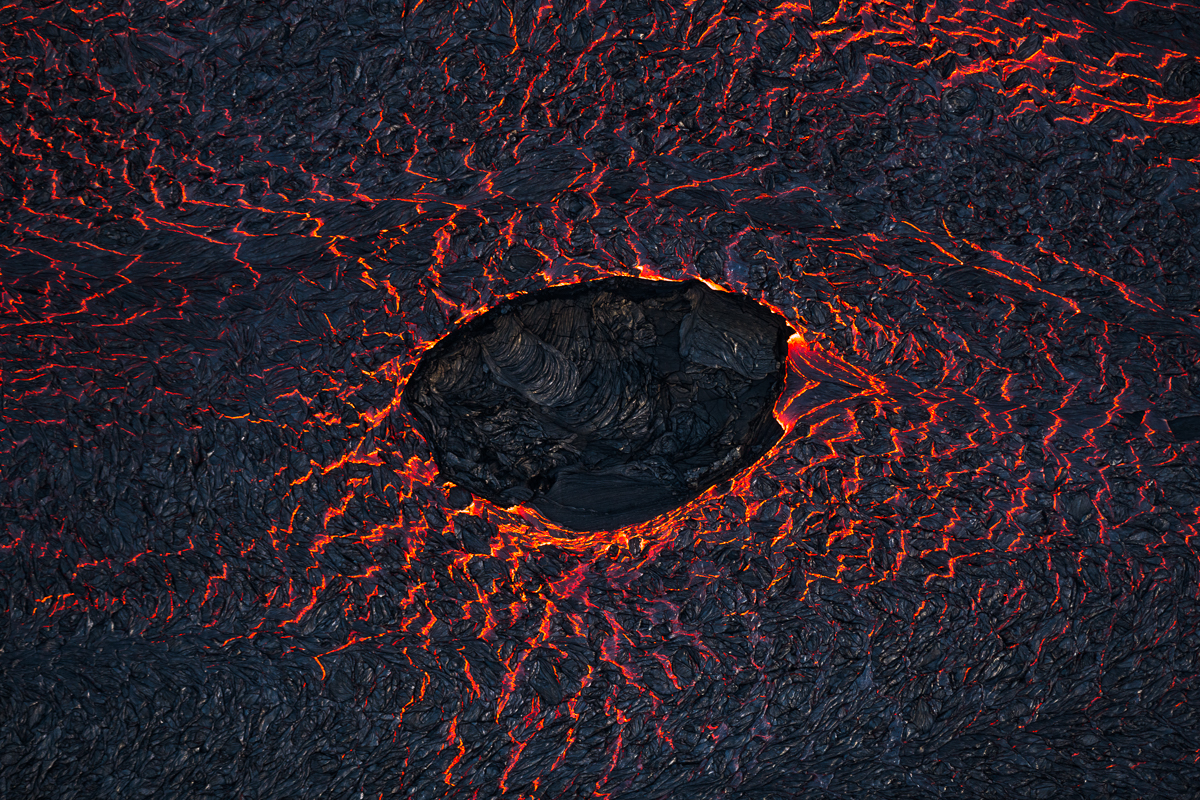 What did you learn about photographing lava from that experience?
What did you learn about photographing lava from that experience?
It was a huge learning experience not only on the photography level, but on the “how to not die on a volcano” level. You can talk to as many people as possible about how to safely approach the lava, but once you are out there, no matter how confident you were before, you have that “Oh crap, why in hell am I here” come abruptly flying into your mind.
As for the photography side of things, I learned that lava is insanely addicting to photograph, yet incredibly stressful at times. You are literally standing near something that does not care what is in its path—it will destroy you—so you have to have your compositions in mind before even moving into position to shoot. At times, you only have a handful of seconds to set up your shot, expose, and shoot before you have to move. I also learned that as cool as the wide-angle shots are, there are so many amazing detail shots to be had with macro and telephoto lenses.
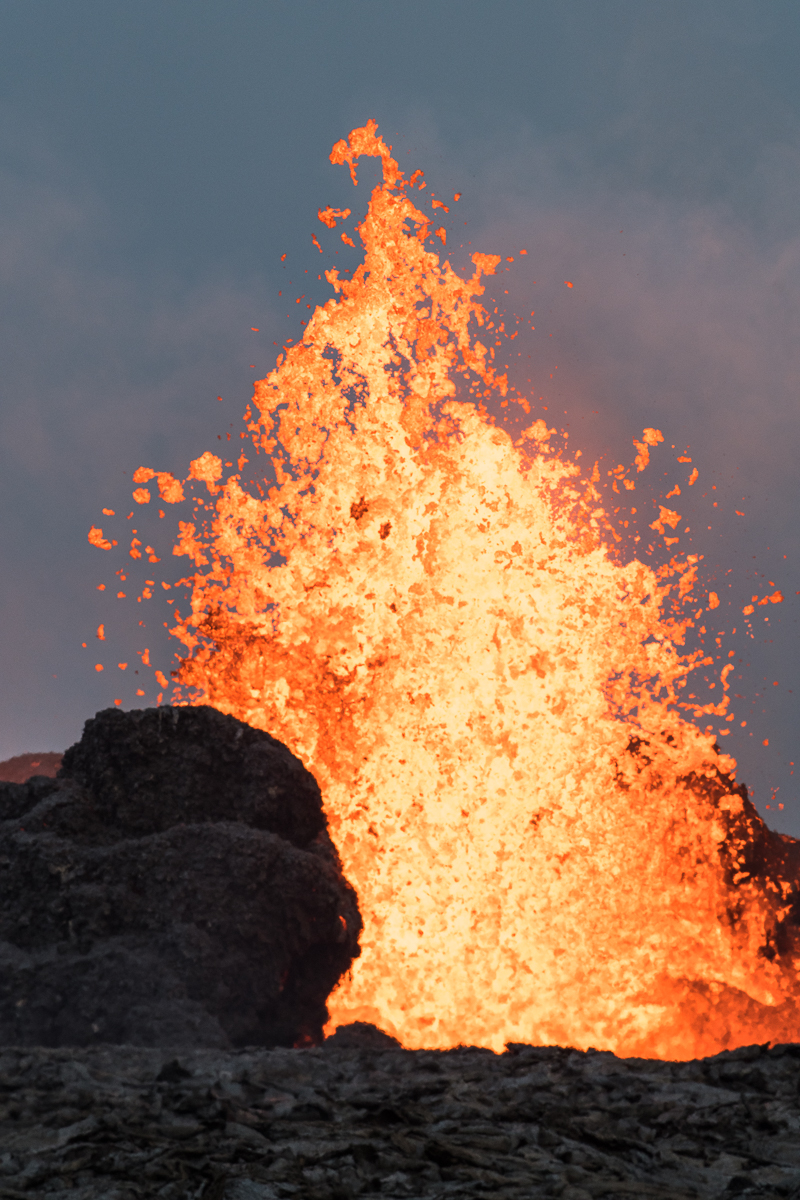 What’s the most difficult technical aspect of photographing volcanoes and how do you work around that?
What’s the most difficult technical aspect of photographing volcanoes and how do you work around that?
I think it’s definitely coming up with a great composition in a quick and safe manner. The scene is just always changing so rapidly. It’s very easy to become focused 100% on your composition, but then you are asking for a problem. You’re not only having to focus on your shot, but you need to keep a strong eye on any threatening factors. It’s really important to go out with a guide who knows the area, that way they can watch your back for any threats and you can focus on your shot.
 This stunning 2016 image went viral. Can you take us through the steps you took to take this photo?
This stunning 2016 image went viral. Can you take us through the steps you took to take this photo?
This image was a lot of luck, being in the right place at the right time, and having an understanding of light and how it works with photography.
First off, let’s start with the night sky. The Milky Way and the moon were relatively close to one another that evening, but due to the moon being a crescent, there wasn’t much light coming from the moon. This allowed the 25-second-long exposure to absorb enough starlight from the Milky Way without completely overexposing the frame and having the moon wash the scene out. Any bigger of a moon that night may have presented that problem. Also, the proximity of the moon to the celestial center of the Milky Way gave just enough space for the moonlight (although weak) to not interfere with the details of the Milky Way.
Let’s move on to the balance of light between the lava and night sky. I’d like to begin with, no, neither my camera gear or myself melted that night. The lava in this image was indeed fresh, but not completely all surface bound. Much of what you see in this image is lava that is cooling and has a crust that has formed over it. This crust greatly reduced the amount of glow from the lava and allowed only small cracks to show the beautiful red lava shining through. This condition allowed for a long exposure / high ISO image to be created without overexposing the shot.
I did run into one issue while I was shooting this composition though. Just off to the left of the frame was quite a bit of lava on the surface, so that bright glow created a flare coming into my lens. I tried to use my hand at first to create a lens hood effect, but the spill of light was too great. I eventually had to stand a few feet off to the left of the camera and use my body as a flag to cut off most of the light. As you can see in the RAW file, there was still a small flare which had to be removed in post.
The fact that I was able to capture Mars, Saturn, and an iridium flare in the scene as well was, well, just pure luck. If you’re not familiar with what an iridium flare is, it is a specific type of satellite flare made when the antennas of an iridium communication satellite reflect sunlight directly onto the surface of the Earth. As for post processing, I did some white balance corrections, a bit of color contrast adjustments via dodging and burning, a small crop, and a bit of noise reduction.
 What are your tips for creating balanced exposure in photos like the Milky Way lava image?
What are your tips for creating balanced exposure in photos like the Milky Way lava image?
The lava and Milky Way image was really a moment of perfect conditions. If I had had any more lava on the actual surface not in the cooling stage, the image would have been way too blown out at the bottom of the frame to expose for the sky. If anyone wanted to shoot the Milky Way with an active surface flow, I would suggest finding an area of the flow that is stalling and cooling. Most of the flow will look black with a bit of lava glowing through the crack, that should allow for a long exposure to absorb in that ambient light and not blow out the highlights. If all that is available is active surface flows, one could use a grad filter upside down to help balance the scene or at that point, the only option may be bracketing the image.
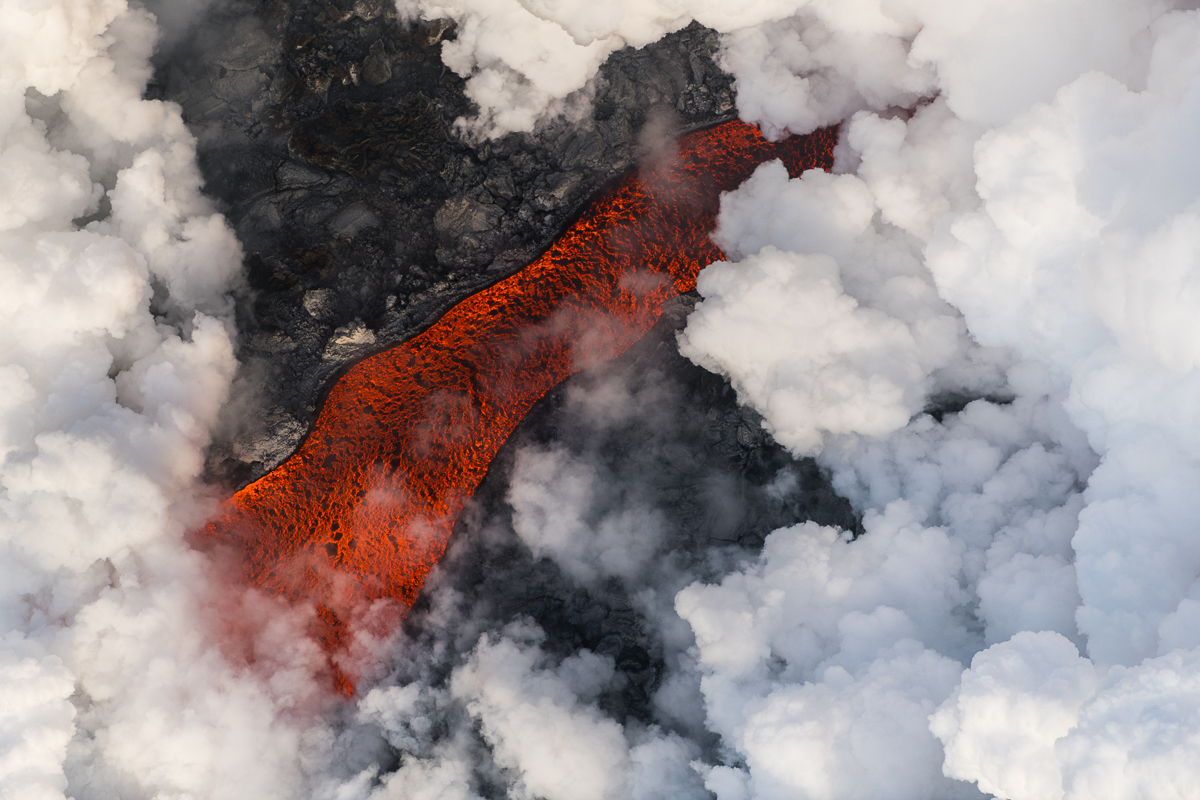 What’s the biggest tip you’d give a photographer who is interested in giving volcano photography a shot?
What’s the biggest tip you’d give a photographer who is interested in giving volcano photography a shot?
First and foremost, I do not encourage any photographer who is not familiar with volcanic environments to attempt to enter them without a professional volcano guide. Wherever you visit, whether it is Hawaii, Reunion Island, Italy, or Guatemala, find a tour guide that can safely escort you to a location in which you may be able to photograph.
Once there though, the biggest tip I can givw is to take in the scene with your eyes before you see it through a viewfinder. It’s an absolutely remarkable scene and if you give yourself a few minutes to absorb it, the compositions will come. Understand the flow. Acknowledge where it is coming from and where and how fast it is moving. This will allow you to plan for your shots. You will most likely not have the perfect composition in front of you, but if you are able to predict where the flow is going, you can be set up as it progresses to capture that amazing image. If you are not comfortable being ground level with the lava, there are ways to see volcanoes from the air and sea and still capture incredible imagery. Some of my favorite shots have come from these methods.
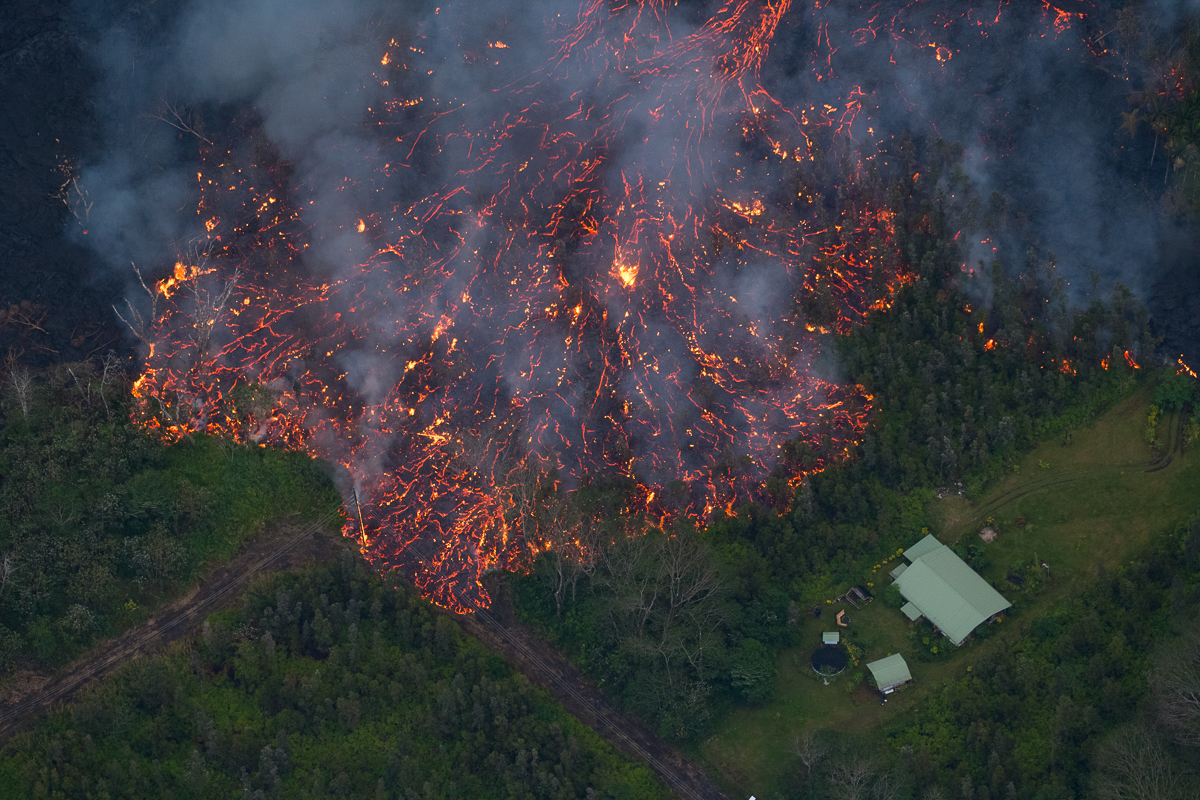 What’s your go-to gear when it comes to photographing volcanoes?
What’s your go-to gear when it comes to photographing volcanoes?
It really all depends on what kind of image I am planning to capture. I like to storyboard my images before I attempt to capture them. I’ve shot lava with lenses ranging from 14mm to 105mm macros to 500mm telephotos, it’s all so situational and dependent upon my vision. Sometimes the area is just too dangerous to get close to, so the 500mm is my lens of choice. But then, you get lucky at times with slow moving surface flows in perfect conditions and you can walk right up to the lava and shoot wide.
 What safety precautions do you typically take when embarking on one of these shoots?
What safety precautions do you typically take when embarking on one of these shoots?
And there is the million dollar question. I am by no means a professional lava or volcano photographer, I still consider myself an amateur when it comes to that, but I’ve learned a lot over my experiences. First off, the lava itself is the least of my worries. I can see it, feel it, I know when “too close, is too close.” There are so many other elements around volcanoes that are much scarier and can kill you much easier.
First off, volcanic gasses are everywhere out there. Sulphur dioxide lingers in the air and can be lethal in high doses, even a small whiff can mess up your breathing for hours or for your life. Exploding lava can send out lava bombs into the air which will fall back to the ground and you want to be nowhere near that. You also have fine particles of lava that can blow around in the air and get into your mouth, eyes, and lungs. This material can turn into hydrochloric acid on contact with something wet, like your eye.
You also have the possibility of lava coming up from beneath your feet, collapsing lava tubes, acid rain and more. Even one small fall on old lava—not hot—can cut you up pretty bad, as the material is extremely fine and sharp. So with that said, I take as many precautions as possible. This includes monitoring SO2 levels in the air, wearing a full face mask respirator, a hard hat helmet, gloves, long pants and hiking boots. There is always at least one escape route planned. I always monitor the forecast before heading out to make sure rain is not predicted and I also always hike with an emergency beacon and GPS tracker.
Photographing volcanoes is an extremely rewarding experience, but you have to respect what you are looking at and take as many precautions as possible to come out safely.
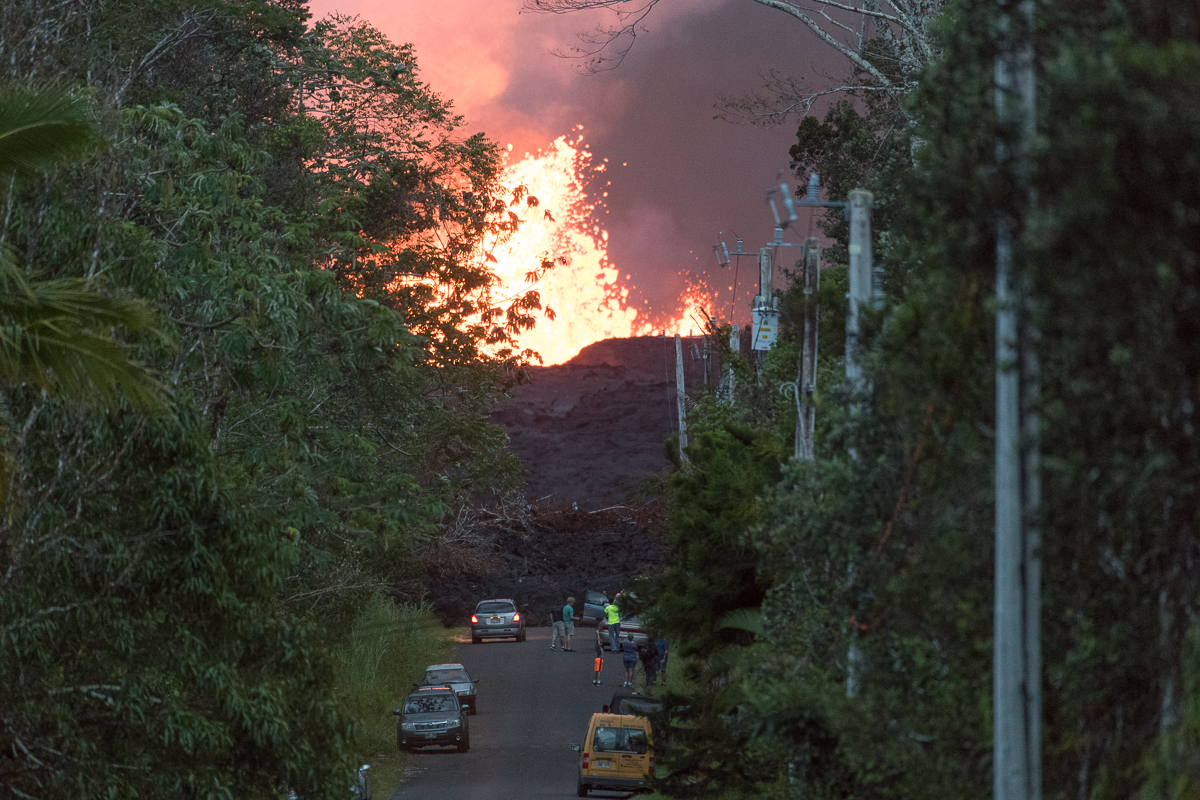 Any new volcanoes coming up on your wish list?
Any new volcanoes coming up on your wish list?
I am planning on photographing two new volcanoes within the next year or two. Those are the Sierra Negra Volcano located in the Galapagos Islands and Le Piton de la Fournaise on Reunion Island. Both have had my eye for a while now!

